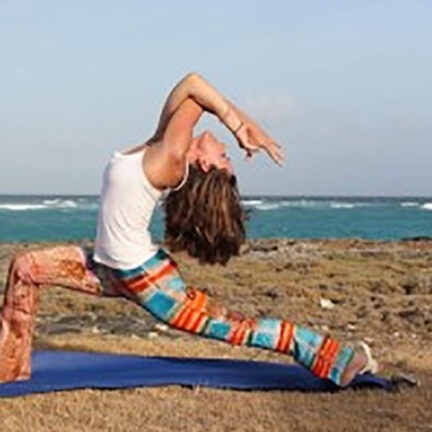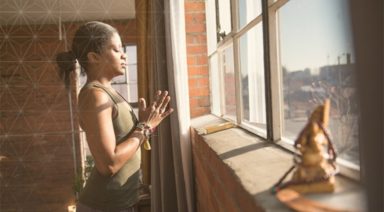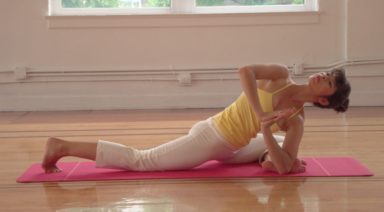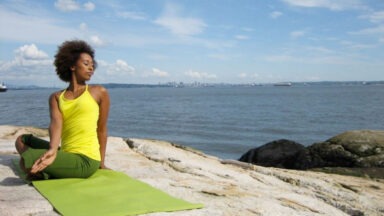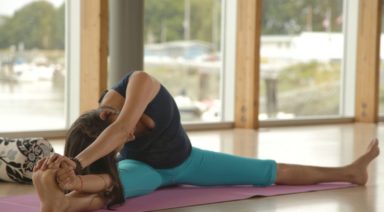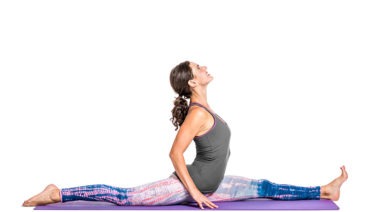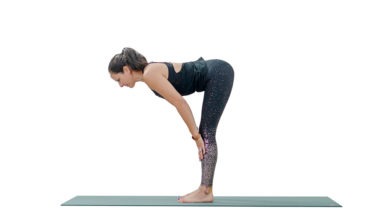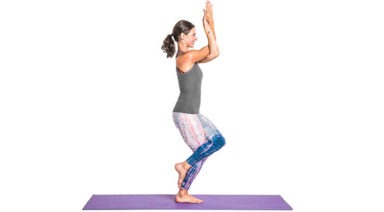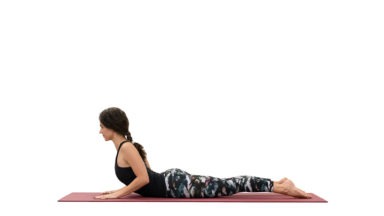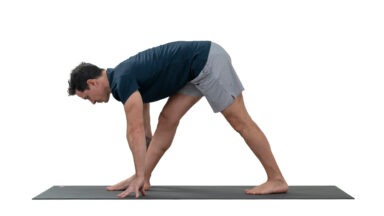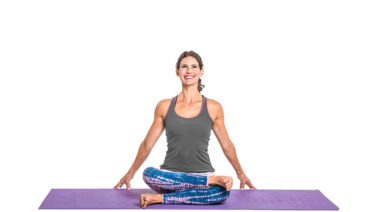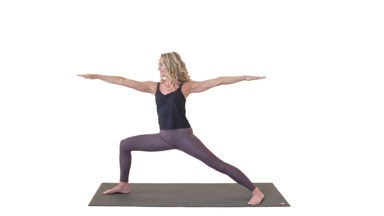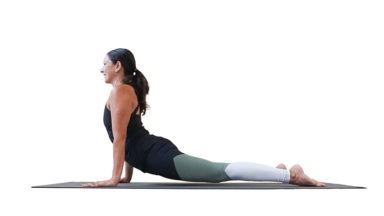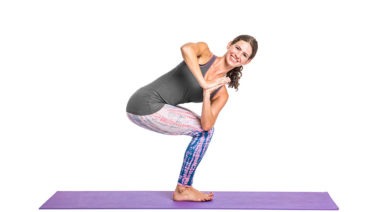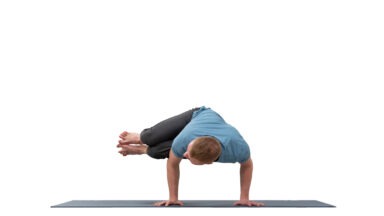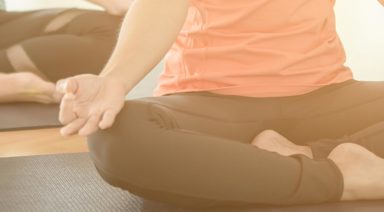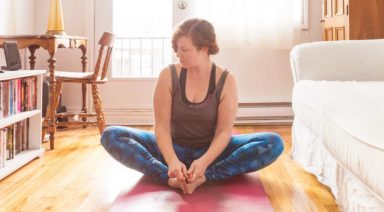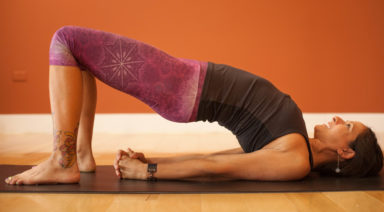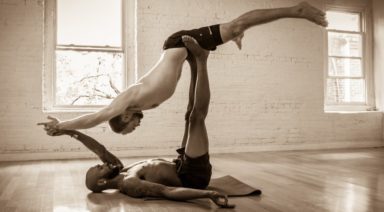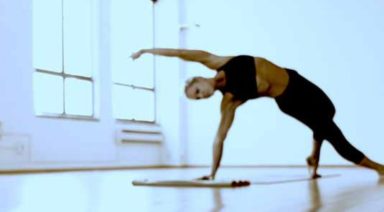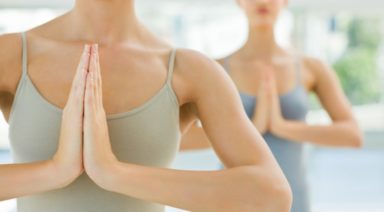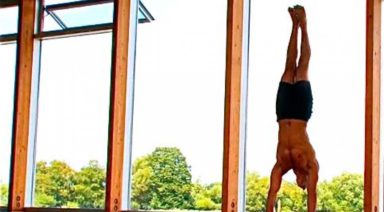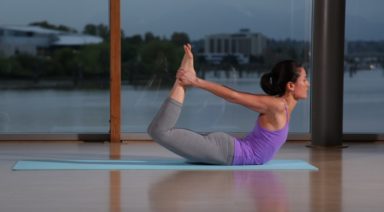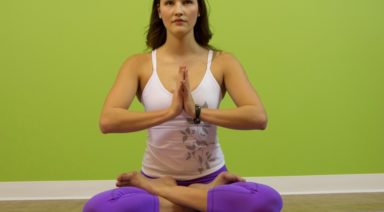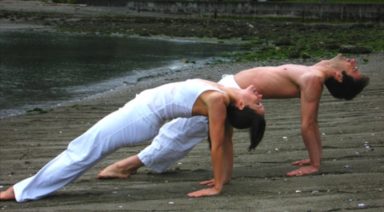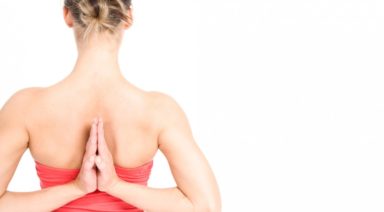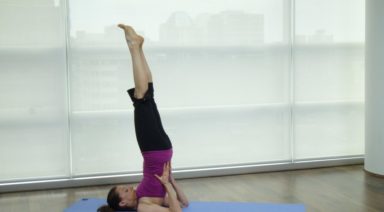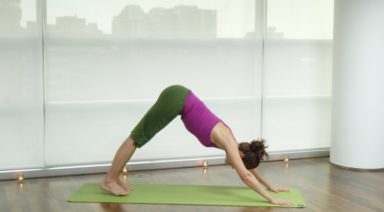When Yoga Makes You Cry
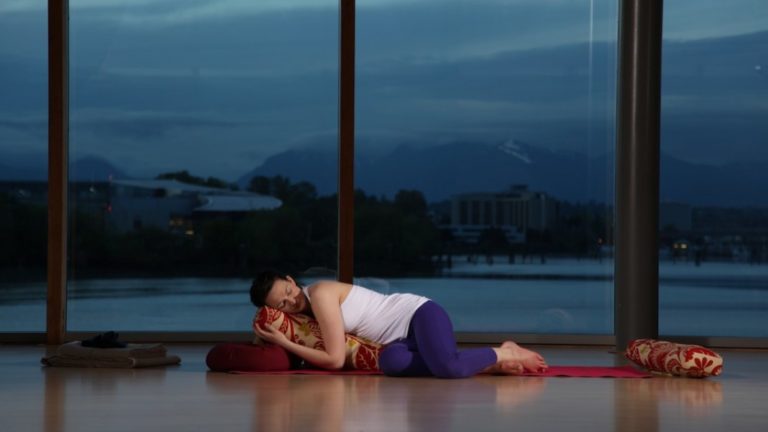
I suppose it’s not something people who do yoga really warn you about when you’re thinking of joining a yoga class for the first time. I suppose they don’t want to deter you from what they’ve more than likely found to be a profoundly valuable and positive experience.
But the little secret is that sometimes yoga makes you cry.
Somehow society has conditioned us to do everything in our power not to cry in front of people, except maybe our spouse, mom or the dog/cat/pet canary. But sometimes a cry is completely impossible to control, and frankly I don’t see why it should be suppressed. From a yoga instructor’s perspective, it certainly doesn’t make me feel uncomfortable, and I’m confident that a group of friends/acquaintances in a group yoga class are going to be nothing but empathetic and supportive to anyone who is overcome with emotion.
But you may wonder why it even happens. Aren’t we meant to be blissing out here in our yoga?
Well in defense of the general “positive” perception of yoga, I’d first like to suggest that it’s not necessarily “negative” to feel compelled to cry in a yoga class, or afterwards. I think it just comes down to the unpredictability of our emotions. On other days, or even most days, you may well feel completely blissed out, ecstatically content and even euphoric after your yoga class. The odd sobbing session is just your emotions manifesting that day, at that time, based on whatever baggage you’ve brought to class.
I believe we, our bodies/minds/emotions, are different every single day. And by extension, we start each yoga class from a different place emotionally. So some days you may start class a little more burdened than usual, quite possibly without even recognizing it. We may be burdened by worries about finances, relationships, work, injuries, whatever. The list is practically endless. Our baggage may not be from our life right now, but it could be from a trauma from a long time ago that we’re still carrying around.
What happens is that when we get into our yoga class, and we are actively and purposely working to relieve tension, we are also releasing some kind of stressor that caused that tension. The stressor of course may not be that you did a twenty-five minute 5K run the previous morning and are feeling a little tight in the hamstrings. It could easily be anxiety, concern, or just plain sadness over something going on in your life.
So as we move and stretch to release the physical tension in our bodies, we release emotional tensions too. And if that emotion is a sad one we may feel the overwhelming and uncontrollable need to cry. And that’s totally okay. My hope for anyone who has cried or cries in yoga, is that you leave a little bit lighter, a little bit clearer, and a little better able to keep working through your worries. I also hope that this overwhelming emotion is one of brightness and of bliss.
Benefits to Practicing Yoga Every Day
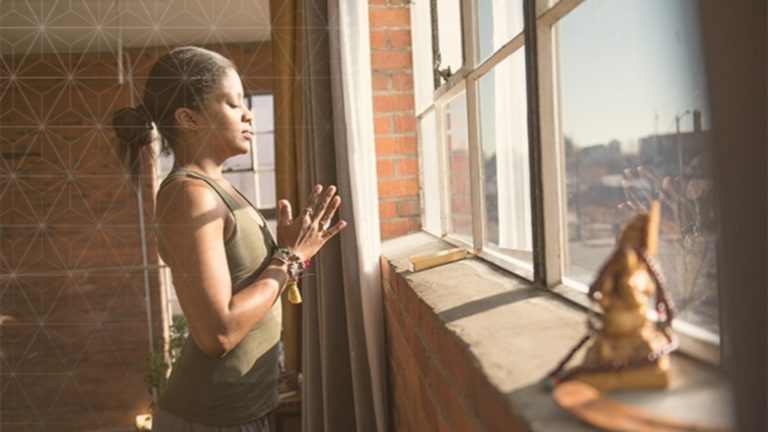
In a recent study aptly titled, Neuroprotective Effects of Yoga Practice, the brains of experienced yoga practitioners were compared to those of non-practitioners with similar health profiles. Using magnetic resonance imaging (MRI), researchers at The National Center for Complementary and Integrative Health were able to identify regions of activity and growth. As a result, this study found that:
- A regular practice combining breath awareness, physical postures and meditation can increase the volume of gray matter (brain tissue) in different parts of the brain, effectively reducing the naturally occurring, age-related decline of brain cells. With most of the observed gray matter volume changes having occurred in the left-side of the brain, the implication is that yoga shifts the automatic response of the practitioner from fight-or-flight (right-brain, sympathetic nervous system activation resulting in acute physical stress) to rest-and-digest (left-brain, parasympathetic nervous system activation promoting calm and relaxation)
- The areas of the brain indicating the greatest change in gray matter were those directly related to sense of self, attention, spatial/sensory awareness as well as stress reduction. These findings provide a potential neural basis for the benefits of practicing yoga. The observed benefits were greater in those who practiced more often over a longer period of time supporting the notion that a consistent practice of yoga every day is more effective than an intermittent one

